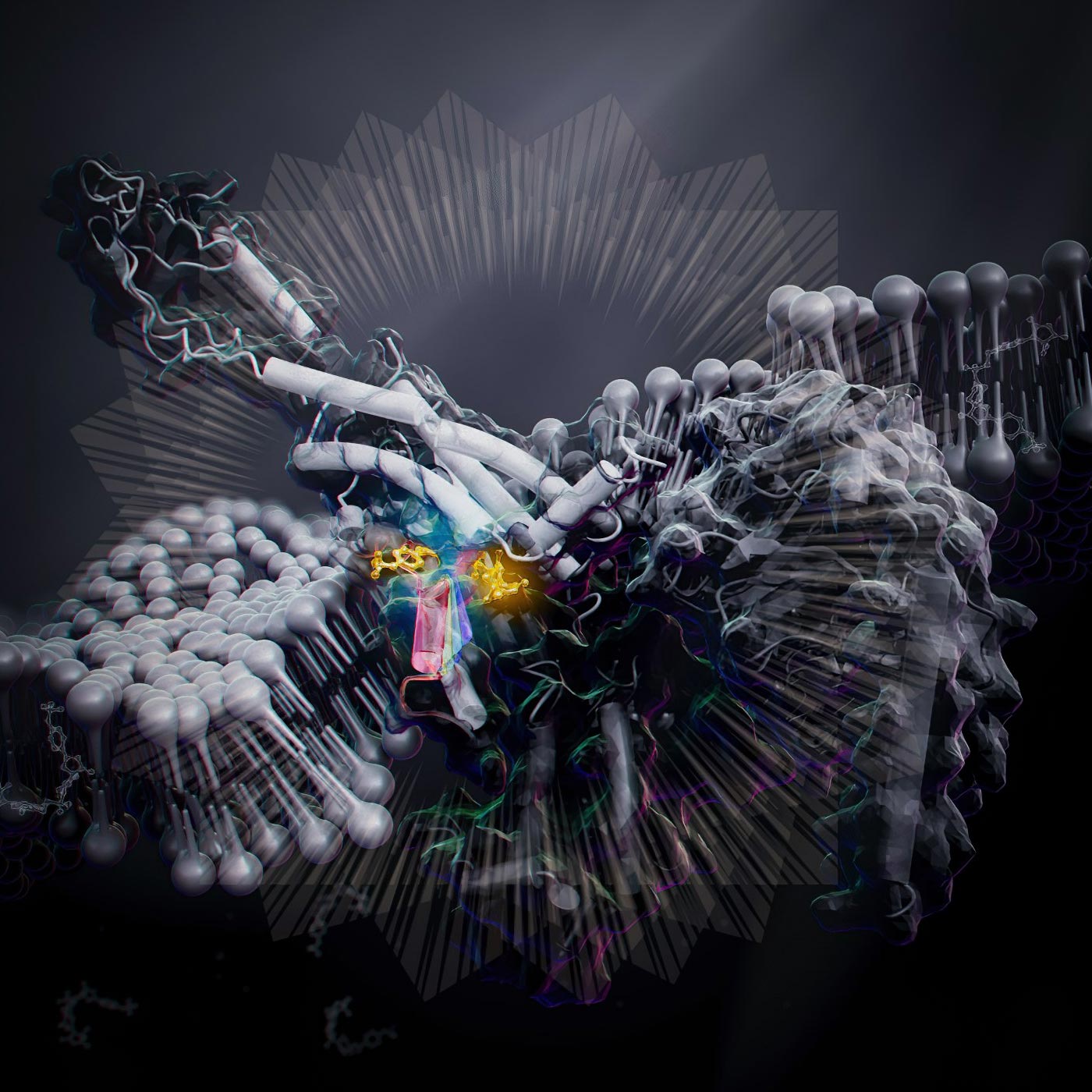Connect with us
Published
2 weeks agoon
By
admin
Researchers have identified a new method for activating G-protein coupled receptors (GPCRs) from within cells, which could lead to drug development with fewer side effects. The team discovered a molecule called PCO371 that interacts with the intracellular region of the parathyroid hormone receptor type 1 (PTH1R), a GPCR linked to conditions like obesity, pain, and osteoporosis. Traditional GPCR-targeting drugs often activate multiple signaling pathways, leading to adverse effects; however, this research aims to enhance specificity by activating the receptor from the inside rather than the outside.
Led by Professor Osamu Nureki at the University of Tokyo, the researchers utilized cryo-electron microscopy to understand the 3D structure of the PTH1R bound with G protein and the message molecule. PCO371 directly modulates the receptor’s intracellular side, activating the G protein without affecting ß-arrestin, thereby minimizing side effects. This specificity positions PCO371 as a potential candidate for small-molecule drugs targeting the B1 class of GPCRs, which currently lack effective oral delivery options. The study’s findings are expected to advance drug development for various disorders, including osteoporosis, and are published in the journal Nature.


















